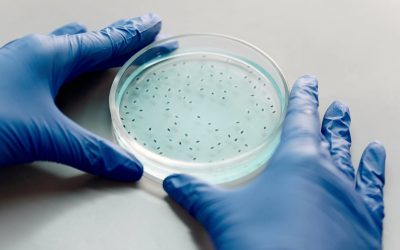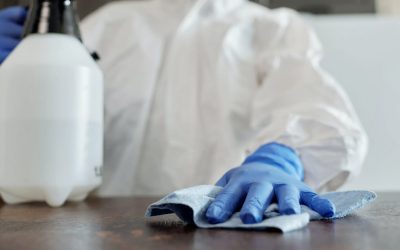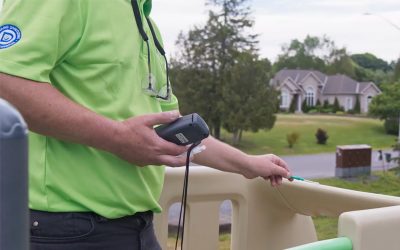Cleaning, Sanitizing, and Disinfecting

Covid-19 has brought some terms into every day use in our homes and businesses. Cleaning, sanitizing, disinfecting, surface transfer, air-borne…just to name a few. Phew! Unless you’re in the personal protective equipment business or have a career in a medical system these types of terms are probably not something you’ve spent a lot of time focusing on. Until recently, that is.
Germs have always been a part of everyday life. Some of them are even helpful. Some bacteria actually help with food digestion and help maintain a healthy reproductive system. But as we all know, there are some germs that can make you very sick. Whether good or bad, germs are found everywhere. In the air, on our skin, and on the surfaces that we touch. Surface transfer can happen when I am sick and touch something that you come along and touch too. Most likely it transfers from a couch or a sneeze into a hand, that subsequently touches a communal item – like the remote control – which gets picked up, and the germs transfer, and inevitable end up transferring via an eye rub or while eating.
Sometimes those germs can spread to you and make you sick. For example, there could be germs on a tv remote. You could get infected with the germs if you touch the remote and then rub your eyes or nose or eat with your hands.
While handwashing is the most important way to reduce the spread of germs, so is regular cleaning and disinfection of high-touch items and surfaces. In your home, that would include countertops, doorknobs, bathroom surfaces, light switches, remote controls, and toys.
Some people get confused by the differences between cleaning, disinfecting, and sanitizing?
Let’s simplify that…
Cleaning focuses on removing dirt – like crumbs and dust, or grease and grime – on the surface. You’ll likely use soap, or detergent, and water to physically clean off the surface. This may not actually kill germs or bacteria that can survive normal cleaning solutions but since you’ve removed some of the germs, there’s a lesser chance of spreading germs and infections. \
Sanitizing goes a step further than cleaning, focusing on reducing pathogen levels even more – to a safe level, based on public health standards or workplace requirements. What you do to sanitize will depend on what your needs are. This ranges from mopping a floor with a chemical cleaner, to setting a dishwasher’s sanitizing function. It can also mean using an antibacterial wipe on remote controls, or shared items like facility keys. For business, sanitizing protocols are often more involved, with more surface areas to cover, providing an additional sense of security to clients and customers.
Disinfecting completely kills all pathogens on surfaces – including the good ones. Disinfecting uses chemicals, or disinfectants, like bleach or alcohol solutions. You may need to leave the solution on the surfaces for a set amount of time, as per the product instructions. Disinfectants can cause allergic reactions or skin sensitivities so should be use with proper PPE in place, even in homes.
These differences can be helpful in determining what protocols you should have in place routine levels of protection, as well as enhanced protocols during cold and flu seasons. Now, go wipe down your phone and give us a call to help solve all your sanitizing and pressure washing needs!






